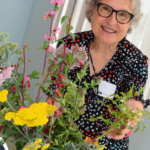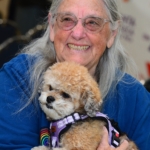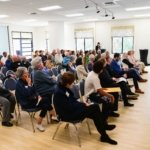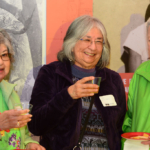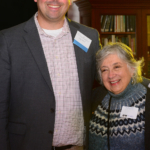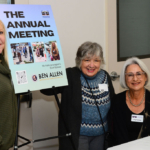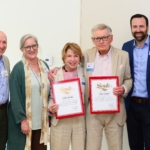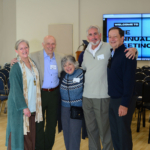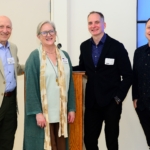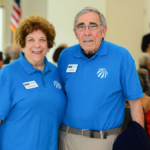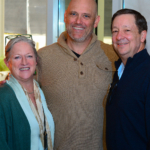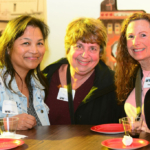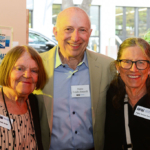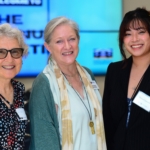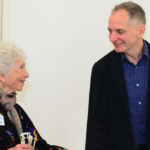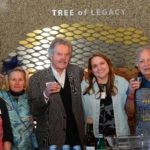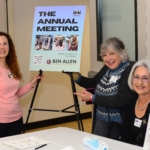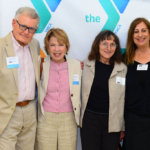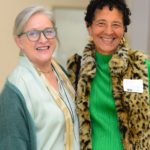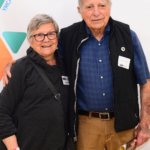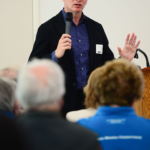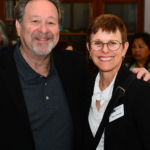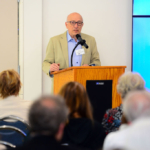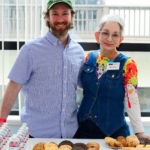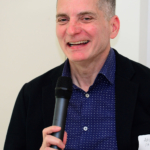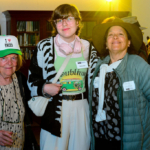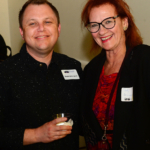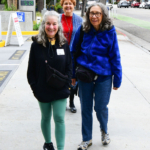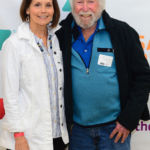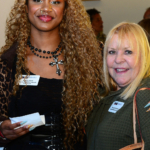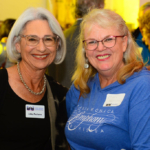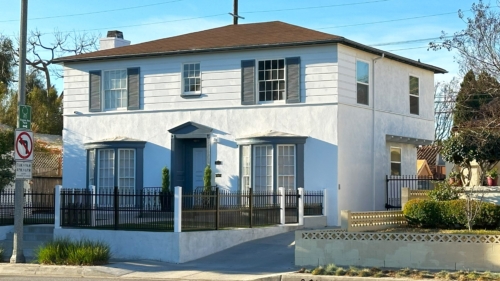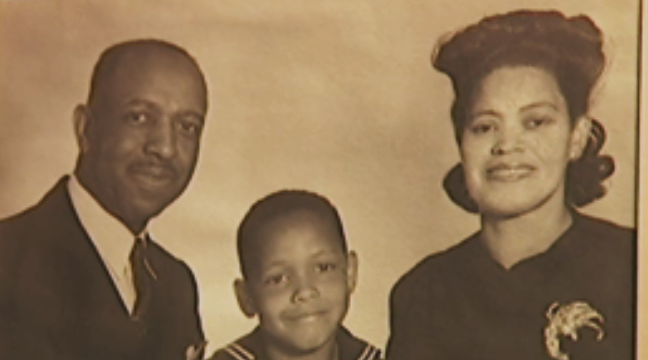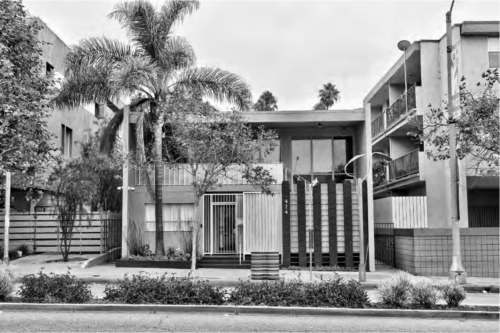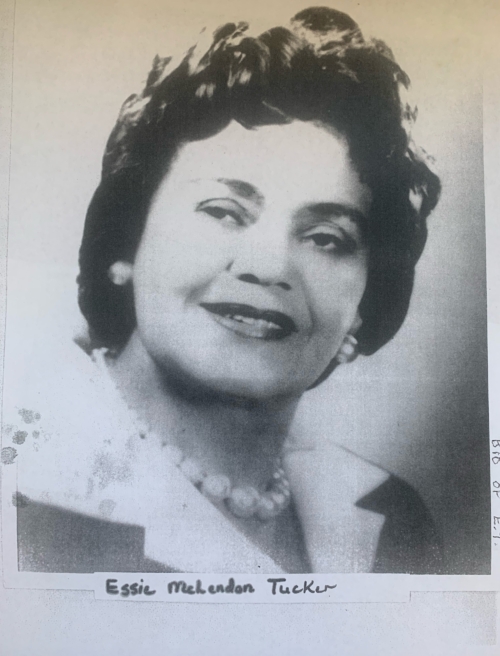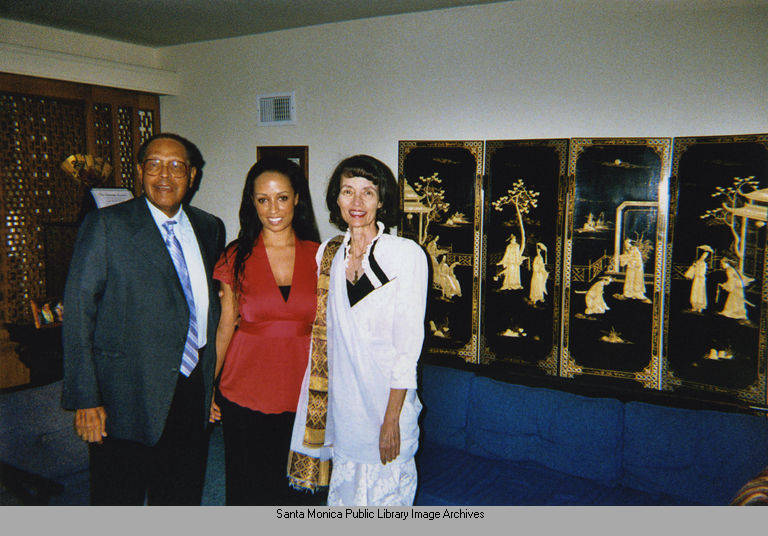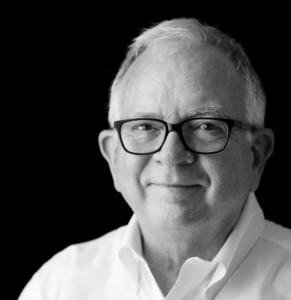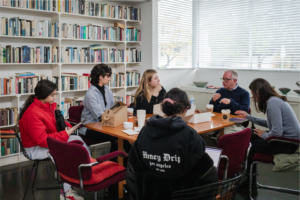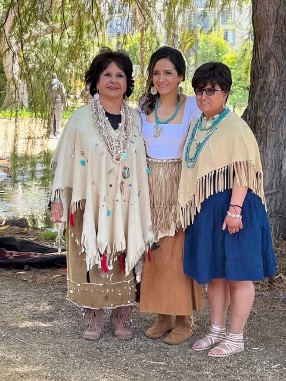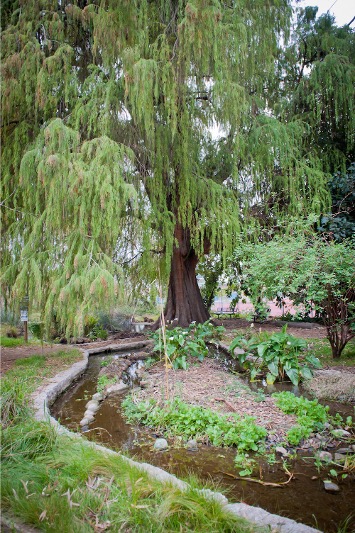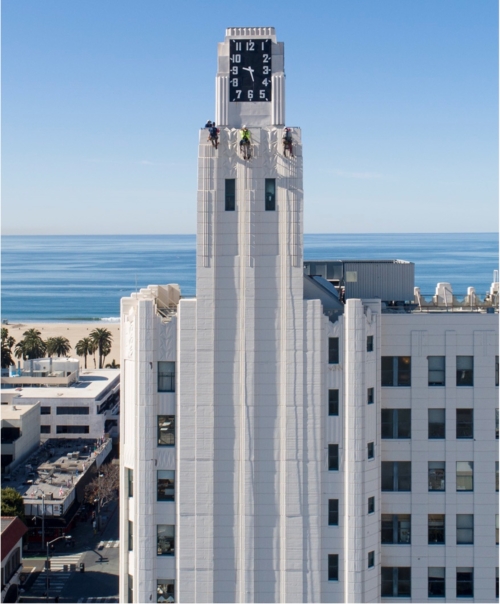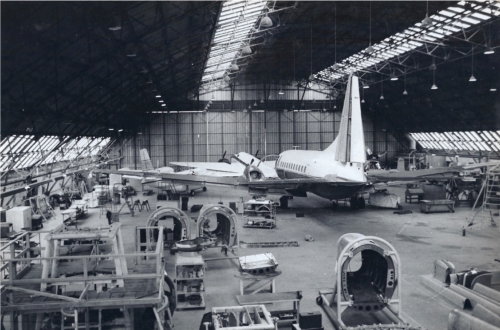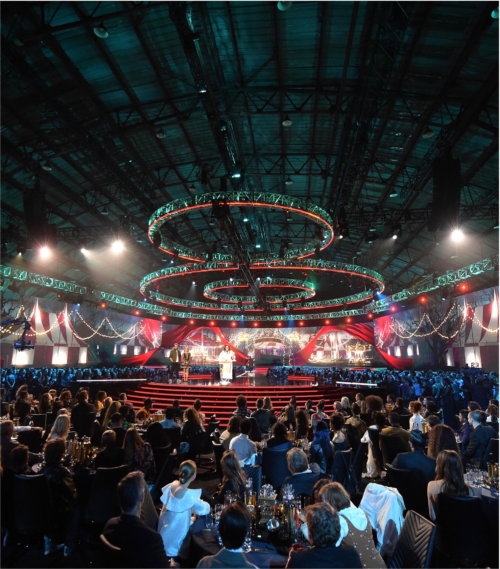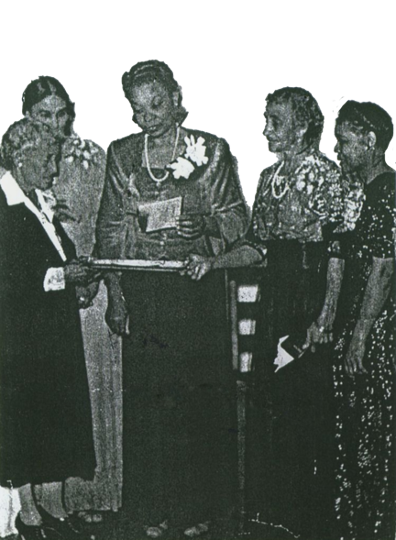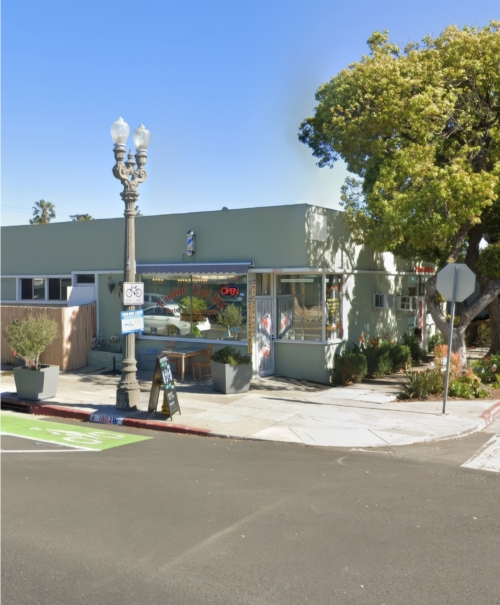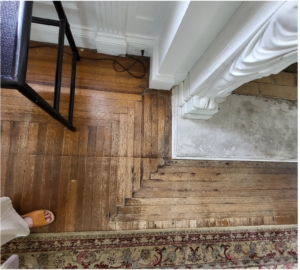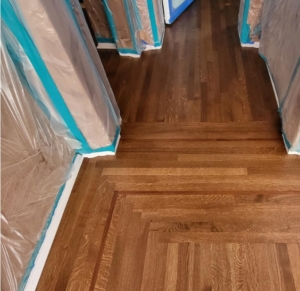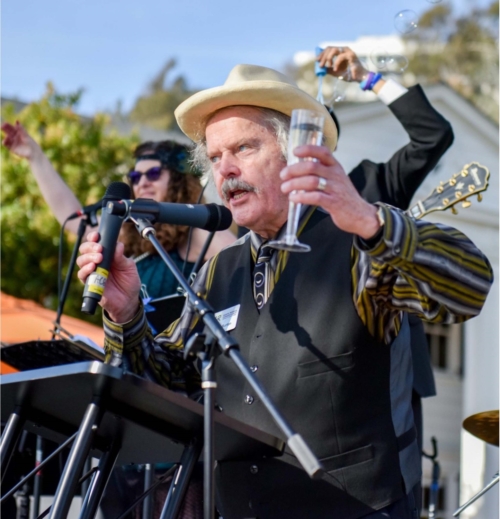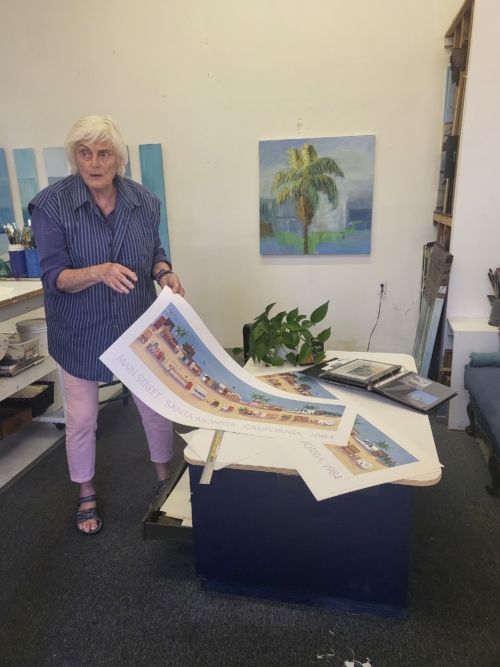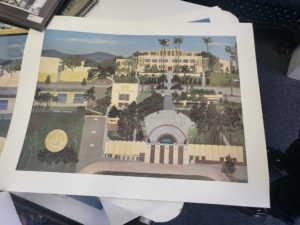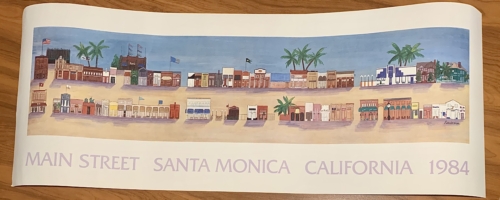
Photo © Leslie Schwartz 2024 Rehabilitation Award: Bay Cities Guaranty Building, aka the Clock Tower, 225 Santa Monica Boulevard
It’s that time of year again! Since 2004, we’ve honored exemplary projects and contributors to the preservation of Santa Monica’s cultural and architectural heritage. We are now seeking nominations for our 2025 Preservation Awards.
Nominations are due Friday, June 13th. The winners will be announced later this summer.

Hangar in 1956 / Hangar Today. Images courtesy of Barker Hangar.
Submit a Nomination
To nominate a project, person, structure, or group, please download the 2025 Preservation Award Nomination form and email your submission to awards@smconservancy.org. You may also submit your nomination through this online survey. Not all questions apply to all categories, so answer as many as you deem appropriate for your nominee.
Winning projects have included residences as well as commercial and institutional buildings of all sizes. These projects have entailed restoration, renovation, rehabilitation, stewardship, and adaptive reuse, as well as additions to historic buildings and homes. Awards are also presented to individuals for their stewardship of historic properties, as well as to individuals and groups for community service as volunteers and advocates of preservation. Studies of historic districts and other preservation planning work are also eligible.

Volunteers tending to Kuruvungna Springs, Image courtesy of Kuruvungna Springs

Founding Philomatheans, Image courtesy of the Quinn Research Center
This year, as we celebrate the 10th Anniversary of the historic Shotgun House rehabilitation, we’re reminded again how sustainability is inherently tied to conservation. We echo our founder, Doris Sosin’s, passion for conservation when we say, “The future is determined by the people who show up.” We’re grateful to have this opportunity to recognize exceptional individuals and teams who work every day to exemplify the values of sustainability and cultural stewardship.
Be creative! The Conservancy has honored a series of projects from structures to media projects, including Kuruvungna Springs (2024 Cultural Heritage Award), Barker Hangar (2024 Adaptive Reuse Award), and Mark Gorman’s The Street Seen (2023 Media Award). View past awardees here!
Please email any questions to awards@smconservancy.org.
Thank you for celebrating heritage conservation with us.
